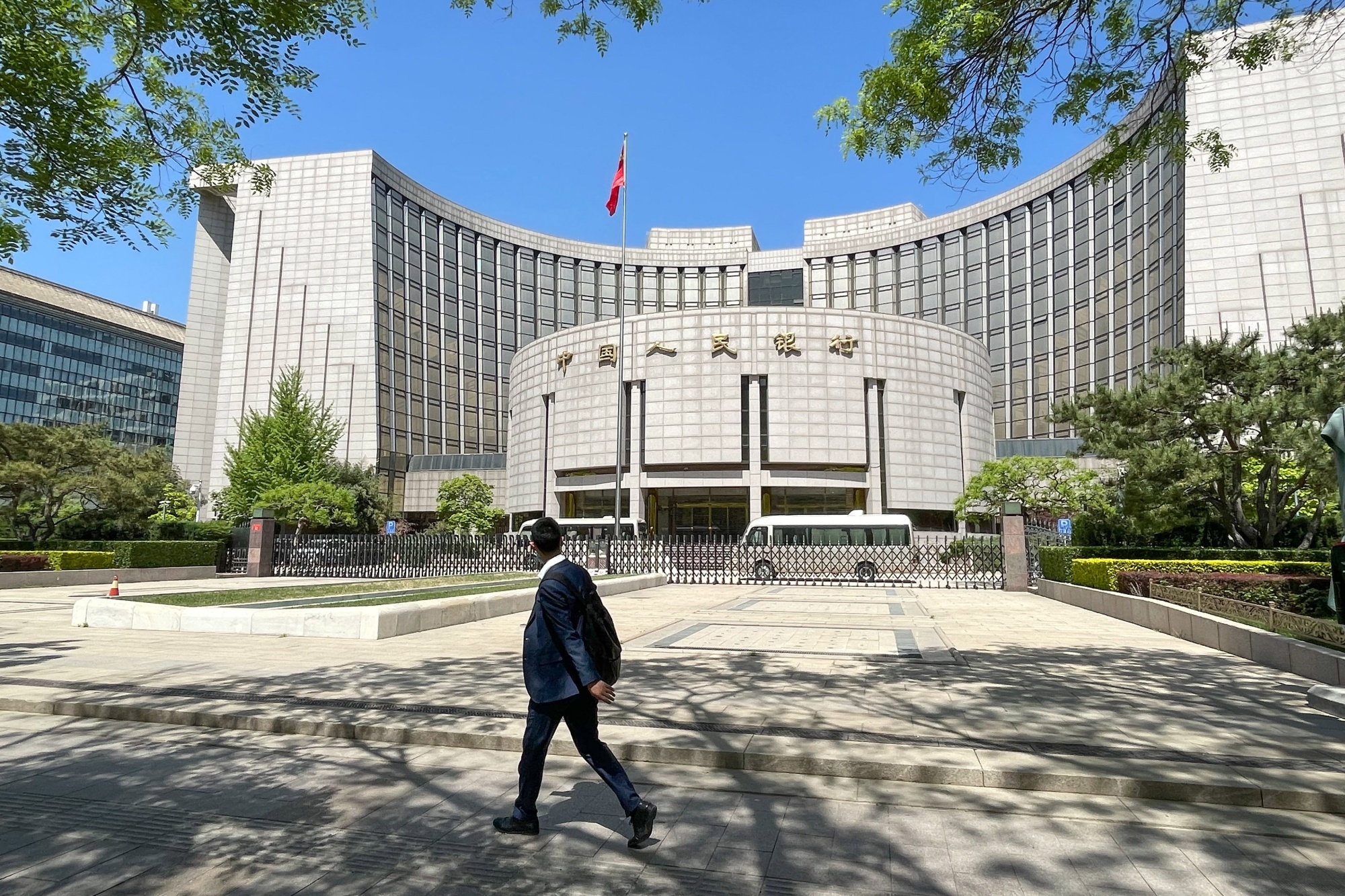Asian central banks in good position to move independently of Fed, says IMF
Relatively lower inflation in Asia means the region’s central banks can focus more on domestic conditions and less on what the U.S. Federal Reserve might do when setting monetary policy, the International Monetary Fund said on Tuesday.
The region is heading for a “soft landing” thanks to rapid disinflation creating room for easing monetary policies, the lender said in a report, although the pace of economic expansion is expected to slow over the next two years.
“Don’t tie yourself too tight to what the Fed does, look at what’s happening to inflation (domestically),” IMF Asia-Pacific Director Krishna Srinivasan told reporters after the release of the Regional Economic Outlook report.
“Asian countries are better placed to cope with exchange rate movements today owing to fewer financial frictions and better macro fundamentals and institutional frameworks, and should continue to allow exchange rates to act as a buffer against shocks.”
The IMF forecast growth in the region would slow from 5% in 2023 to 4.5% this year and 4.3% in 2025, with near-term risks “broadly balanced”.
A structural slowdown in China, including a correction in its property sector, would remain a key factor in slowing growth, the IMF report said, adding that the region remained vulnerable to commodity price shocks and trade disruptions caused by conflicts in the Middle East and Ukraine.
Growth in China, the world’s second-largest economy, was projected to slow from 5.2% in 2023, to 4.6% this year and 4.1% in 2025.
“Policies addressing stressors in the property sector and to boost domestic demand will both help China and the region, but policies contributing to excess capacity will hurt,” Srinivasan said.





